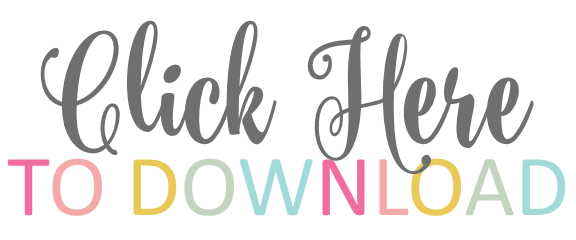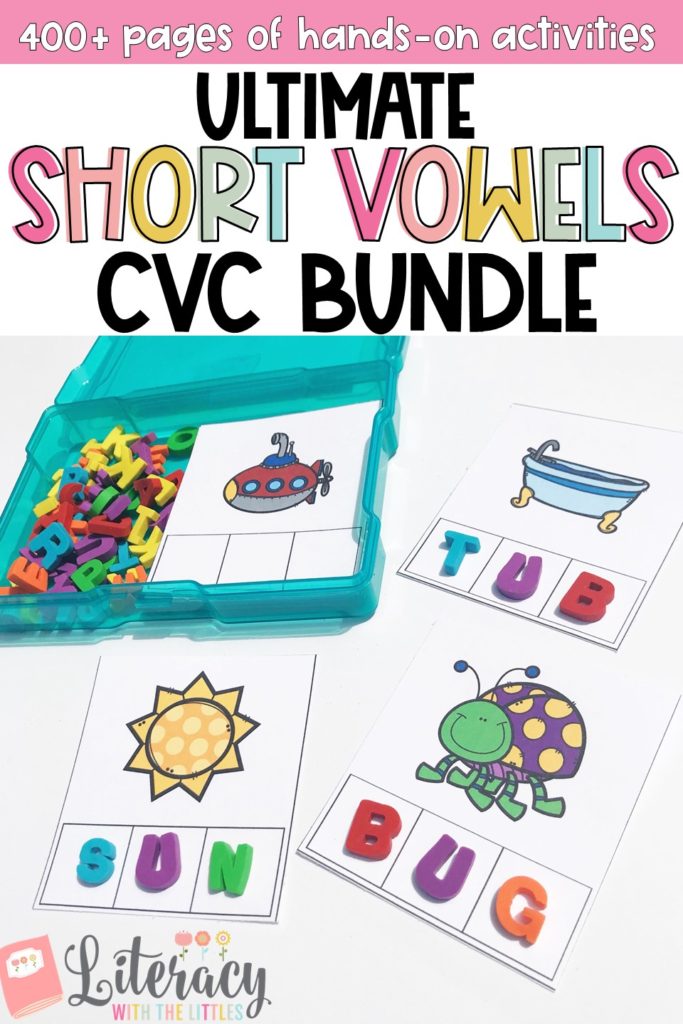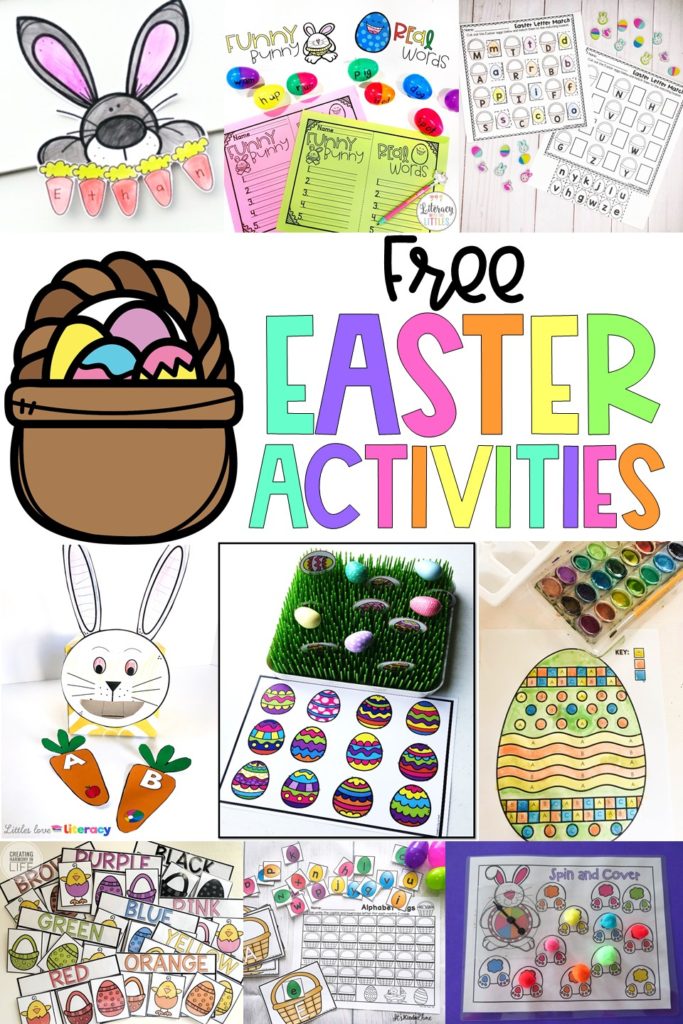Time to pull out your giant bag of plastic Easter eggs and turn them into an engaging and hands-on activity for your beginning readers. This activity can be easily differentiated to work on basic CVC words with beginning readers to blends or long vowels for first or second graders. This Funny Bunny activity comes with a free recording sheet and is such an engaging way to practice important reading skills.

Getting Ready
To prep this activity get a permanent marker and some plastic eggs. Write the onset on the smaller side of the egg and the rime on the other side of the egg. Create them to best meet the needs of your little readers. If your little ones are just beginning to blend words together, just create CVC words. If your students are working on blends, digraphs, or long vowels you can easily add them into the mix. You can also make multiple sets so that different groups can be working on different levels for easy differentiation.
For example:
- CVC Words: h-am, s-at, c-up, t-op, m-ug, r-od, n-et, p-ig, etc.
- Short Vowel Blends and Digraphs: st-op, tr-ip, dr-op, br-ick, ch-in, sh-ip, gr-in, etc.
- Long Vowels: r-ake, b-ike, r-ope, d-une, s-eed, m-eat, etc.
I created mine only with the real words, but as they mix and match the eggs they will naturally create plenty of nonsense words. No need to add nonsense words intentionally.
Optional Sensory Bin:
For added fun, I added the eggs to a sensory bin filled with rainbow rice. This is not necessary to do the activity, but if you would like to add yours, here is the recipe to create your own rainbow rice.
For each color of rice I used:
1 cup rice, ½ t. vinegar, and several drops of food coloring.
Put in container with lid and shake to spread the color. Then I spread it out to dry on for a few hours
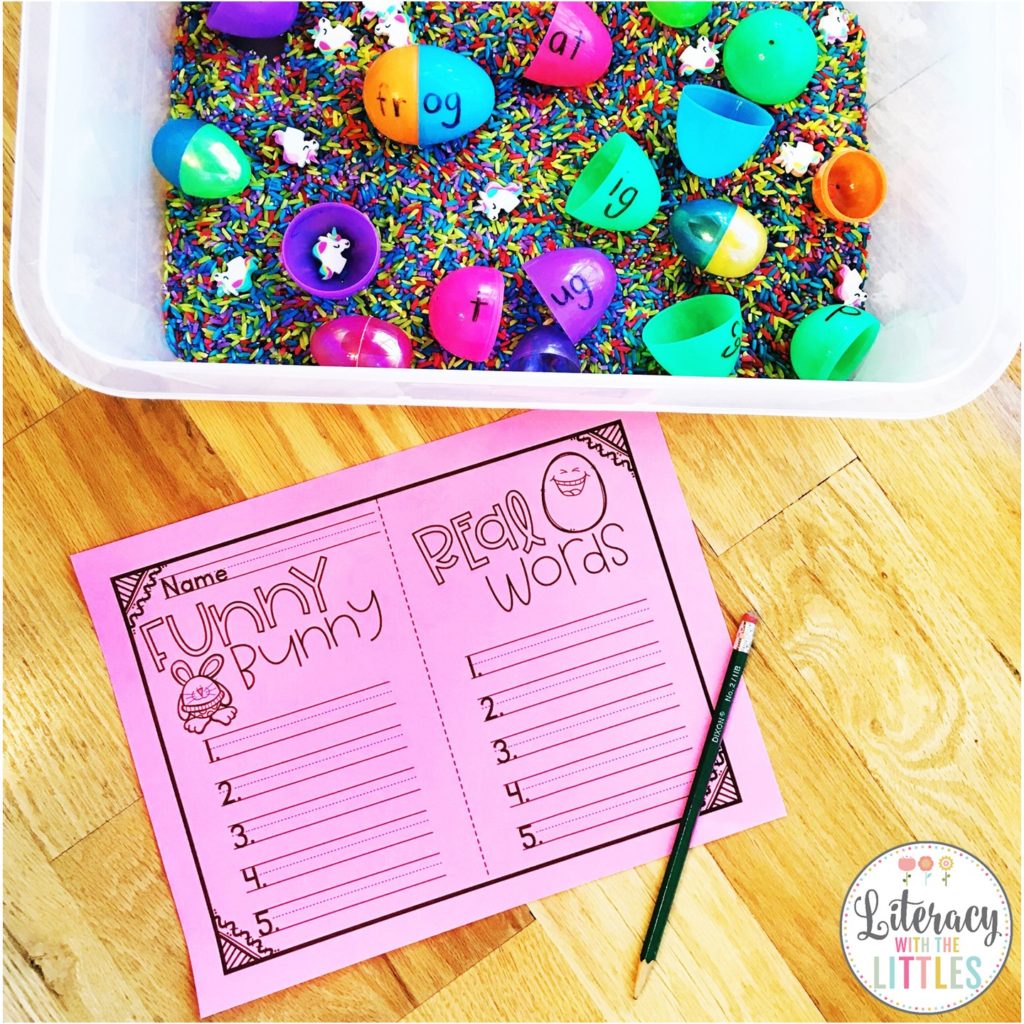
Word Building Activity
Model your expectations for the activity before letting your students begin. This helps them to see how you choose the two halves of the eggs and put them together to create a word. Model how you then blend the word together and read it out loud. Now you have to decide if it is a real word or a “Funny Bunny” (AKA nonsense) word. Then write it in the correct column on your recording sheet. Do a few examples before letting your students do the activity on their own.
While they are working on the activity I love to do quick informal assessments and have them read the words they create out loud to me while I observe the activity. This is a great way to easily see which students could use extra practice on blending, and also which specific phonics skills they are struggling with.
For some kids, the concept of nonsense words can be frustrating if they are just required to read a list of them. But this activity allows them to really focus on the important reading skills that nonsense words help reinforce, in a pressure free and fun activity.
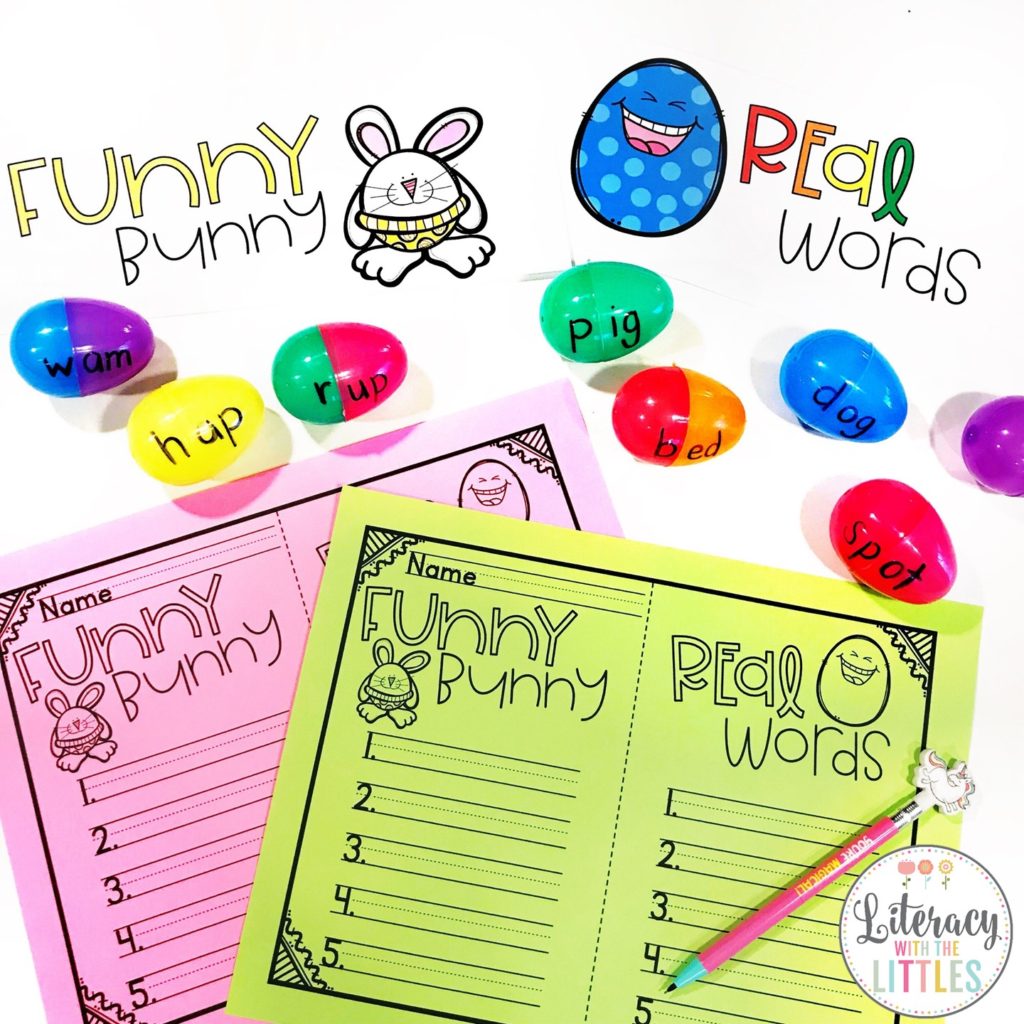
If you loved this freebie, check out some of my other engaging games and activities for beginning readers. Here is a huge resource filled with hands-on activities I think you and your little learners will love!
More Easter Freebies
I have teamed up with some of my teacher-blogger friends to bring you an entire bundle of Easter freebies. Grab yours by clicking the links below.
From left to right
Bunny Craft By: Mrs. Black’s Bees
Funny Bunny Word Sort By: Literacy with the Littles
Feed the Bunny By: Littles Love Literacy
Easter Letter Recognition By: Sweet for Kindergarten
Feed the Bunny By: Littles Love Literacy
Easter Bunny Search and Find Scene By: Wonderful Day in PreK
Easter Pattern Recognition By: Sandbox Academy
Color Sort By: Creating Harmony in Life
Alphabet Eggs By: It’s KinderTime
Easter Spin and Cover By: Busy Hands and Minds

